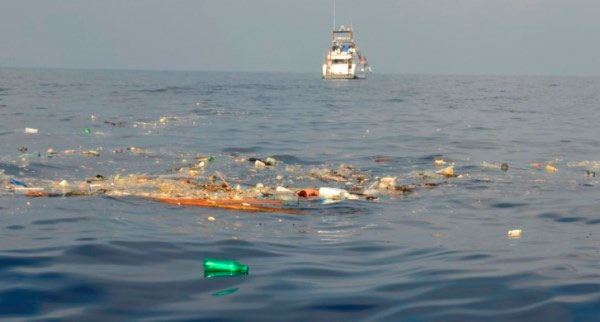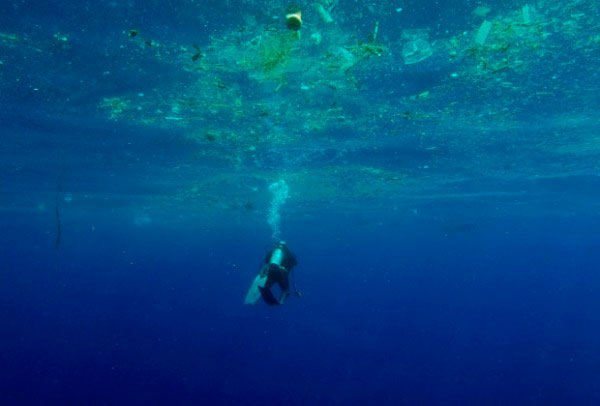99% of plastic garbage on the sea has disappeared?
99% of the trash that people throw into the sea is disappearing, but this is not good news.
>>>35,000 tons of plastic floating on world oceans
It is estimated that there are currently millions of tons of man-made plastic waste that is polluting the sea surface. However, when a team of 400 people decided to measure the amount of artificial waste, they measured only a small amount of 40,000 tons. This does not mean that the initial estimate is wrong. In contrast, 99% of plastics discharged into the sea are disappearing. The explanation that this garbage has gone everywhere is difficult.

After 9 months of collection on the Indian Ocean, Pacific and Atlantic oceans, the Malaspina Circumnavigation Expedition team collected 200,000 specimens from 313 areas (with the highest depth up to 6,000m). The results show that although there are 5 large waste areas on the sea, such as Great Pacific Garbage Patch, most of them are crumbling and spreading all over the oceans. Earth.
"The sea carries plastic objects, broken up and made smaller pieces due to solar radiation , " said Andrés Cózar, a researcher at the University of Cadiz, Spain, as well as the head of the measurement team. "These small pieces of plastic are called microplastic , which can last for hundreds of years and appear on 88% of the marine areas surveyed."

The results were published in the scientific journal Proceedings of the National Academy of Sciences and caused concern for scientists, that marine animals will be easy to eat. There are two reasons: It is possible that marine pollutants will cling to plastic, then be eaten by fish and then be transformed into human food chain (eg sushi fish); and a large amount of resin through the feces of fish will sink to the bottom of the ocean, damaging the ecosystem.
"Microplastic can affect the behavior and food chain of marine organisms. On the one hand, small pieces of plastic can accumulate contaminants that, if swallowed, can be transferred to the body through Digestion and damage to the intestine, which is a common problem with this type of waste, " said Carlos Duarte, a researcher and oceanographer at the University of Western Australia, Crawley. "On the other hand, rampant floating plastic pieces can bring a lot of small creatures to places where they cannot come before and occupy those areas. However, most of the impacts are caused by the situation. Plastic pollution on the ocean is unknown ".
- Thinking that penguins are living on trash island, the truth is much more terrible
- Another heartbreaking image of pollution of plastic garbage: Sharks die while sucking on water bottles
- Garbage in the Pacific increased 100 times
- Germany will collect plastic waste on the sea
- Alarm plastic trash appears in the fry
- Prohibit selling plastic water bottles to reduce garbage
- 6th grade student invented robot
- What happens to a plastic bottle after being thrown into the trash?
- By 2030: The world will be flooded with plastic waste because China prohibits the import of garbage
- We live in the ocean of garbage
- Turn waste plastic into jet fuel
- 1000 sharks are living a miserable life because of the harmful effects of plastic on the ocean
 Is the magnetic North Pole shift dangerous to humanity?
Is the magnetic North Pole shift dangerous to humanity? Washington legalizes the recycling of human bodies into fertilizer
Washington legalizes the recycling of human bodies into fertilizer Lightning stone - the mysterious guest
Lightning stone - the mysterious guest Stunned by the mysterious sunset, strange appearance
Stunned by the mysterious sunset, strange appearance